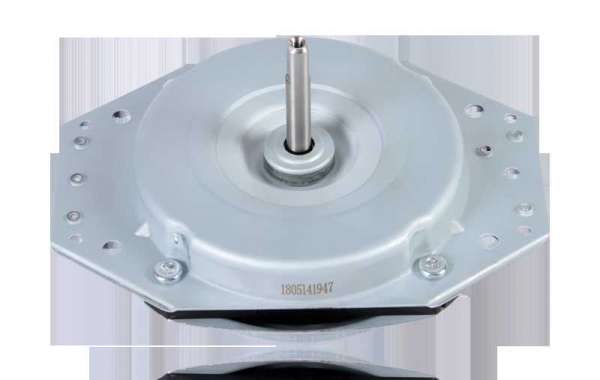Brushless DC motors, or BLDC, are suitable for a range of applications. Their maintenance-free design and high power density make them a good solution for applications that require variable speed or no maintenance.
Although considered part of the DC motor family, the construction of a BLDC motor is more closely related to AC motors. However, the rotor is constructed of rare earth permanent magnets to produce the field. They’re electronically commutated by a control. They can receive feedback from sensors that determine the rotational location of the rotor or by measuring voltage in the coils as the motor is operating to determine rotor location.
BLDC motors have speed-torque characteristics similar to brushed DC motors, however, they require hall-effect sensors and a motor control to commutate. The use of a control makes them suitable for variable speed applications.
A BLDC motor takes the advantages from AC, DC and Universal motor types and combines them into one unit. It has the long life, low maintenance, quiet operation, and variable speed ability of an AC motor; the high starting torque and linear speed-torque curve of a DC motor; and like both AC DC motors, it works well with gearboxes. Brushless DC motors have a high power density, second only to the Universal motor, and they have the best efficiency rating of 65 to 80 percent.
Despite these advantages, there is one major weakness: cost. The cost of the rare earth magnets and controls drive the initial motor costs higher than a DC motor. But, when you weigh the initial cost over the life of the motor and its strengths, Brushless DC motors can be worth the investment for some applications.
The speed-torque curve for a BLDC motor is very similar to that of a DC motor. This curve represents the motor performance with full voltage applied, but without the control impacting the performance. Since a control is always used with this motor, there is a lot of flexibility with brushless DC motor operating ranges.
Take a look at the gold shaded area on the curve. The motor can be operated anywhere within this area.
The key to rating a BLDC motor is torque. This particular design is rated at 6.9 inch-pounds of torque and like all brushless DC motors, the maximum torque rating is independent of speed. The only limitation is that when the speed is lower than 300 rpm, cogging may occur with the motor. The cogging can be lessened by using a more sophisticated control and feedback system.
Well, that rounds out our look at our four motor types. Let’s summarize with a comparison, and discuss how to apply this information to your application design process.

As you look at the curves for the different motor types individually, it’s difficult to get an accurate comparison. That’s why we’ve created this graph to compare the speed-torque curves of all four motor types. We are using the same scale to clearly illustrate the differences between the motors.
For instance, you can see the dramatically higher no-load speed of a universal motor, the purple curve, and the significantly higher starting torques of DC and brushless DC motors.
Stay tuned for the Washer Motor Supplier - NanYang where we will discuss customizing a motor. For more information about NanYang Motor products, check out our website at https://www.zjnanyangmotor.com/








